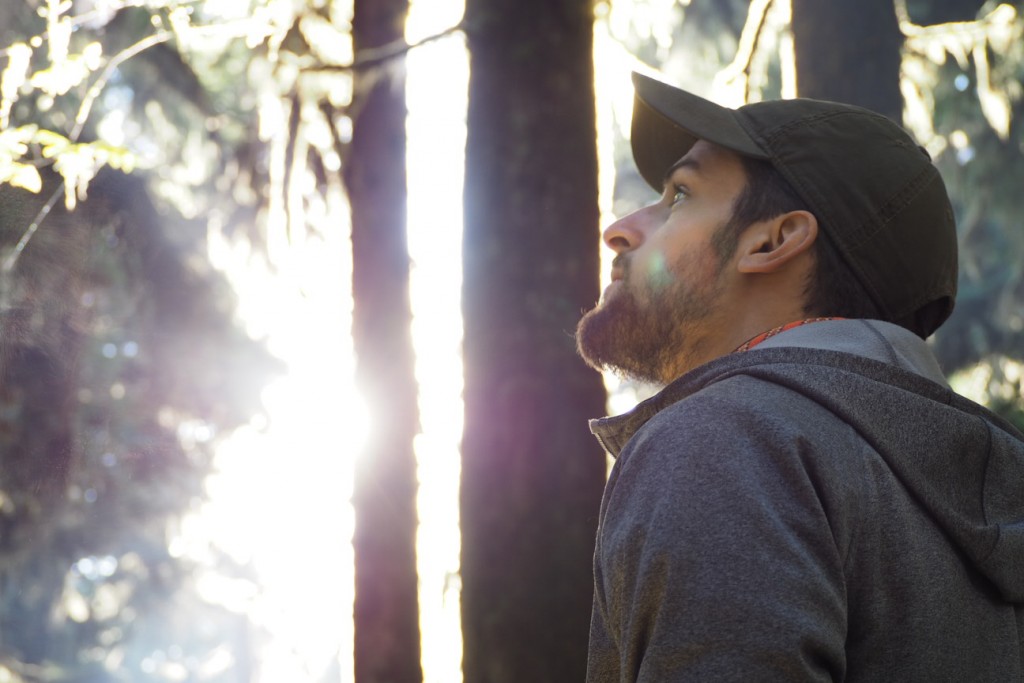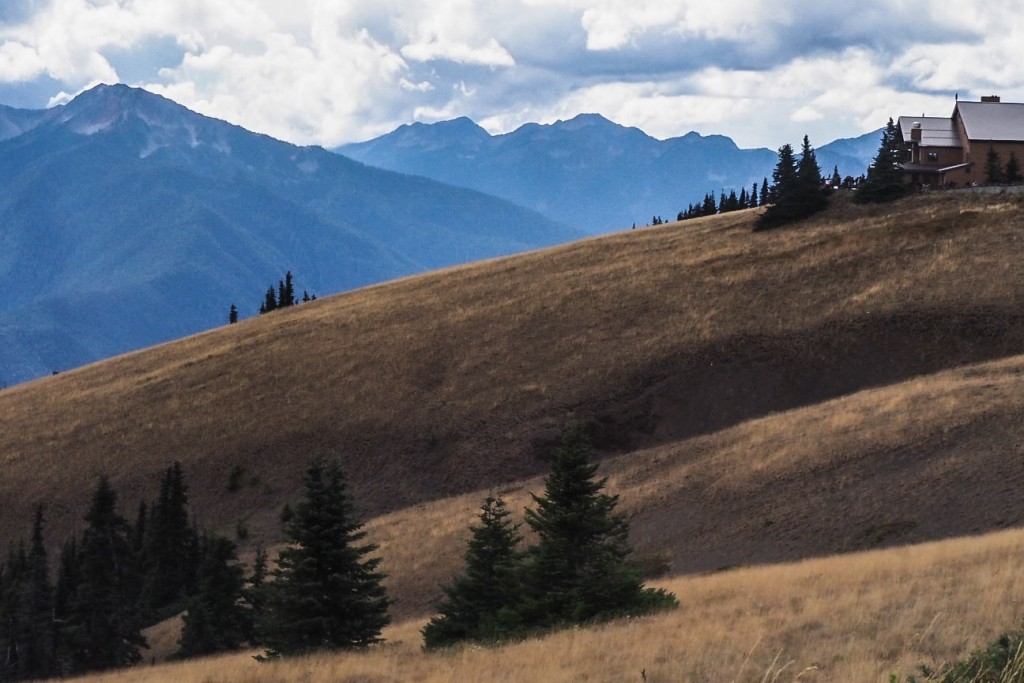I had it all planned out.
My friend JT was visiting Washington and we were planning to explore the rainforests and Mountain ranges of The Enchanted Valley on the Olympic Peninsula. Seeing as I had just spent the last three months of my internship at AFS learning how to prepare for the backcountry, I was eager to put my skills to the ultimate test of planning my own adventure. The day before our scheduled departure I took a step back to examine the piles of gear sprawled out before me: Opsak bags containing 3 days’ worth of dehydrated food, a map with marked campsites and miles per day, rain gear in lure of the forecast, hiking gear, camera gear, and a copy of my shot list, all waiting to be strategically stuffed into packs.
Carly Harmon’s famous last words: I have it all planned out.
From the moment the plane hit Washington soil, plans began to change. The trip began with a 2:00am hotel check, a dead cell phone, half a bouquet of withering flowers and two Brazilian CD’s, and it continued with booked campsites, missing camp stove parts, unachieved shot lists and a troubling Hawaiian shirt to warm jacket ratio. When the time came to part ways, we had achieved absolutely nothing on my original itinerary. But that was okay.
The key is not being deterred in times of hardships and overpowering that voice in your head that says “I failed” with “I learned”. This is a concept that is especially true for creatives whose very livelihoods are determined by the ability to constantly put themselves out there and pick themselves back up. There is often more value in situations gone wrong, and there is always worth in pushing past boundaries into the unknown. Looking back through the 20/20 lens of retrospect, some lessons I can take away from my travels as a creative are these:
- Carry a phone charging device
I had ridden into the city early to give myself plenty of time to catch my connecting bus, so I found myself killing time at a nearby brewery, reviewing our plan of action over a cold beer. When the time came to start thinking about hitching my ride, I looked down at my phone for directions and saw the little red battery staring back at me. I scrambled to jot down the number of the route on a nearby napkin before the screen went black. My resolution was giving away flowers from my bouquet in exchange for information regarding the correct bus and eventually came across a Brazilian musician who happened to be looking for the same route. I arrived 3 hours later than planned, in which time JT had called the cops due to my unsettling absence.
Everyone who’s ever used Google maps on their phone knows how much of a battery drain it is, and far too often, I have found myself in a situation where I needed directions or to contact someone and my phone was dead. If your going on a shoot, having a juiced phone is pretty crucial for many different reasons. In order to avoid a no-battery situation, it is helpful to have some charging device on hand, a Goal Zero Switch 10 would have been perfect in this situation. Something small and lightweight that will give your phone that little extra boost to get you smoothly through the shoot and give you one less thing to worry about.
- If location is important, be certain it’s available, and have a plan B.
The next day we rented a car and drove to the southern trail head of the Enchantment Valley, where we would camp out and get an early start on the trail the next morning. We stopped along the way to see some sights: the wolf refuge center, various waterfalls, the worlds largest spruce… by the time we made it to the trail head it was late, it was raining, and the campsite was full. Car camping it was! We slept soundly that night knowing we had anticipated the possibility and had upgraded the car rental to a larger hatchback.
This can be true in film as well. If you have important shot you need to get, make sure you’re familiar with the location and to go through the necessary means to ensure you will have access to it beforehand. Whether that’s booking a campsite, reserving a certain room or Google mapping the details of the perfect backcountry location, know what setting you will be working in. And if that doesn’t work, always have a plan B.
- Make sure your familiar with your gear.
Okay, if we weren’t going to camp, at least we could use some of the food I had spent the last week dehydrating right…? I shuffled through the assorted stove parts I had haphazardly grabbed as we had raced out the door that morning, and, to my dismay, I had grabbed the wrong gas canister for the stovetop…
Lucky for us, the burning ban had just been lifted, and boiling water could be achieved over a fire, but very easily that minor detail could have derailed our entire trip. Likewise, when on a shoot, make sure you are comfortable with the gear you are using, even preassembling the parts if needed. Being familiar with the functions and setting will not only make your life way easier, but it will also help the client be more confident in your abilities and therefore, creating a calm and trusting atmosphere where shooting can reach its potential. And always have a checklist to make sure all the necessary gear is accounted for.
- Plan for the certainty of logistics and the certainty of adventure
I woke to find JT hunched over a map, and I could see the wheels turning. His finger eagerly pointed to dots scattered across the map: Hurricane Ridge, Ruby Beach, Port Townsend… his finger even wandered so far north as Bellingham. There was no way we could hike the Enchanted Valley AND see all the sights in just three days, so we had to choose. Perhaps it was the wine talking or the rain gathering on the windshield, but I was easily persuaded to change our two-legged dependent trip into a four-wheel dependent one. We started up the engine, promised The Enchanted Valley we would be back one day, and spent the next two days road tripping around the Peninsula, up to Bellingham, and back down to Seattle.
When preparing for a trip, ask yourself: What are the main objectives?
This is a great approach to translate into the creative world. Go into your project having a clear idea of what you want to get out of it and be professional by being thoroughly prepared to make it happen. Push yourself, but like your trip itinerary, don’t over-book yourself and keep things reasonably achievable. For this trip, a question we had to ask ourselves is whether our priority lies within quality or quantity. We had a long list of things we wanted to see, meaning we got to spend less time at each place, but this was a conscious decision that we were okay with making; the most important goal of this trip was to have a good time in good company, and that was achieved.




